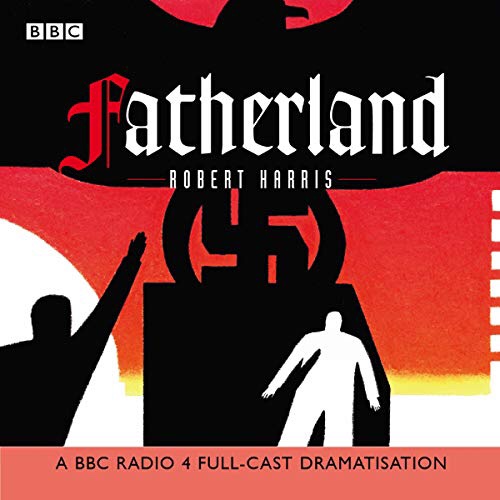Few places in Germany and Berlin have experienced the journey of change and transition that Tempelhof Airport (Flughafen Berlin-Tempelhof) has. The Nazis commenced the construction of its colossal showcase airport in 1936 on the site of a pre-existing (Weimar Republic-built) airport. Even in its pre-airport days, it’s land use had a nexus with aviation – from 1887 it was home to a balloon detachment of the Prussian Army.

der Berliner Garnison
Prior to it becoming an airport in the 1920s Tempelhof Field was used primarily as a military parade ground, and in addition it played an early role in the development of Berlin football (the pioneering BFC Fortuna club). It’s next brush with aeronautical endeavour came in 1909 when US aviator Orville Wright took the brothers’ bi-plane, the ‘Wright Flyer’, for a spin around the field.
A mega-scale marvel of civil engineering
Built on a scale❋ to be in synch with the values of strength and power projected by the rest of Hitler’s Germania building ‘Fantasia’^^, Tempelhof—the name derives from it having originally been land occupied by the medieval Order of Knights Templars—was an “icon of Nazi architecture: (with a complex of) huge austere buildings in totalitarian style (in the shape of a quadrant up to 1.2 km in length), replete with imposing imperial eagles made from stone” [‘Berlin: A historic airport reinvents itself’, (Eric Johnson), Julius Bär, 28-May-2019, www.juliusbar.com]. Designed for the Führer by Ernst Sagebiel, the out of all proportion complex boasted 9,000 rooms, multiple entrance doors, reliefs and sculptures including a giant aluminium eagle head◰.

Located just four kilometres south of Berlin’s central Tiergarten, the Nazi airport was notably innovative in its day – eg, separate levels for passengers and luggage; windows spanning the floor-to-ceiling to convey as much light as possible inside the terminal [‘The story of Berlin’s WWII Tempelhof Airport which is now Germany’s largest refugee shelter’, (Sam Shead), The Independent, 20-Jun-2017, www.independent.co.uk].

The vast and cavernous main hall
(Tempelhof Projekt GmbH,www.thf-Berlin.de)
Tempelhof Airport was only ever 80% completed (constructed halted in 1939 with the outbreak of war), and ironically, never used by the Nazis as an airport (they continued to use the original terminal for flights). Instead, the regime used it for armament production and storage, and during the war it served as a prison and a forced-labour plane assembly factory [‘A brief history of Tempelhofer Feld’, (Ian Farrell), Slow Travel Berlin, www.slowtravelberlin.com].

Cold War Tempelhof
After WWII the airport was placed under the jurisdiction of the occupying American forces (under the term of the Potsdam Agreement which formally divided Berlin into four distinct occupation sectors). The airport played a key role in the Berlin Airlift (1948/49) and throughout the Cold War was the main terminal used by the US military to enter West Berlin. To increase Tempelhof’s civil aviation capacity US engineers constructed new runways. With the fall of the Berlin Wall in 1989 and German reunification, the American military presence in Berlin wound up (formally deactivated in 1994). Tempelhof continued to be used as a commercial airport but increasingly it was being used primarily for small commuter flights to and from regional destinations [‘Berlin Tempelhof Airport’, Wikipedia, http://en.m.wikipedia.org].

(Photo: www.urban75.org/)
A post-aviation future space
In 2008 Tempelhof, partly derelict, was discontinued as an airport. Berliners were polled about its future with the majority wanting to keep it free from redevelopment, a free space for the community. Accordingly, the land was given over to public use. Once a symbol of Nazi brutalist architecture, today its grounds are open to the citizenry as an expression of their freedom. The place is regularly a hive of multi-purpose activity, Berliners engaging in a range of leisure, exercise and cultural pursuits – jogging, cycling, roller-blading, skateboarding, kite-flying, picnicking, trade and art fairs, musical events, etc…the former airport has also been used as film locations (eg, The Bourne Supremacy, Hunger Games) and even as the venue for Formula E motor-racing⧆.

⑅⑅⑅⑅⑅⑅⑅⑅⑅⑅⑅⑅⑅⑅⑅⑅⑅⑅⑅⑅⑅⑅⑅⑅⑅⑅⑅⑅⑅⑅⑅⑅⑅⑅⑅⑅⑅⑅⑅⑅⑅⑅⑅⑅⑅⑅⑅⑅⑅⑅⑅⑅⑅⑅⑅⑅⑅⑅⑅⑅⑅⑅⑅
^^ see the previous post, ‘Germania: Mega-City Stillborn: Hitler’s Utopian Architectural Dream’
⌓⌓⌓ ⌓⌓⌓ ⌓⌓⌓
❋ the terminal is 300,000 square metres including hangar space, with an inner, 306- hectare airfield (Tempelhofer Feld)
◰ “the mother of all modern airports” (British architect Norman Foster)
⧆ at other times it has been a shelter for refugees







